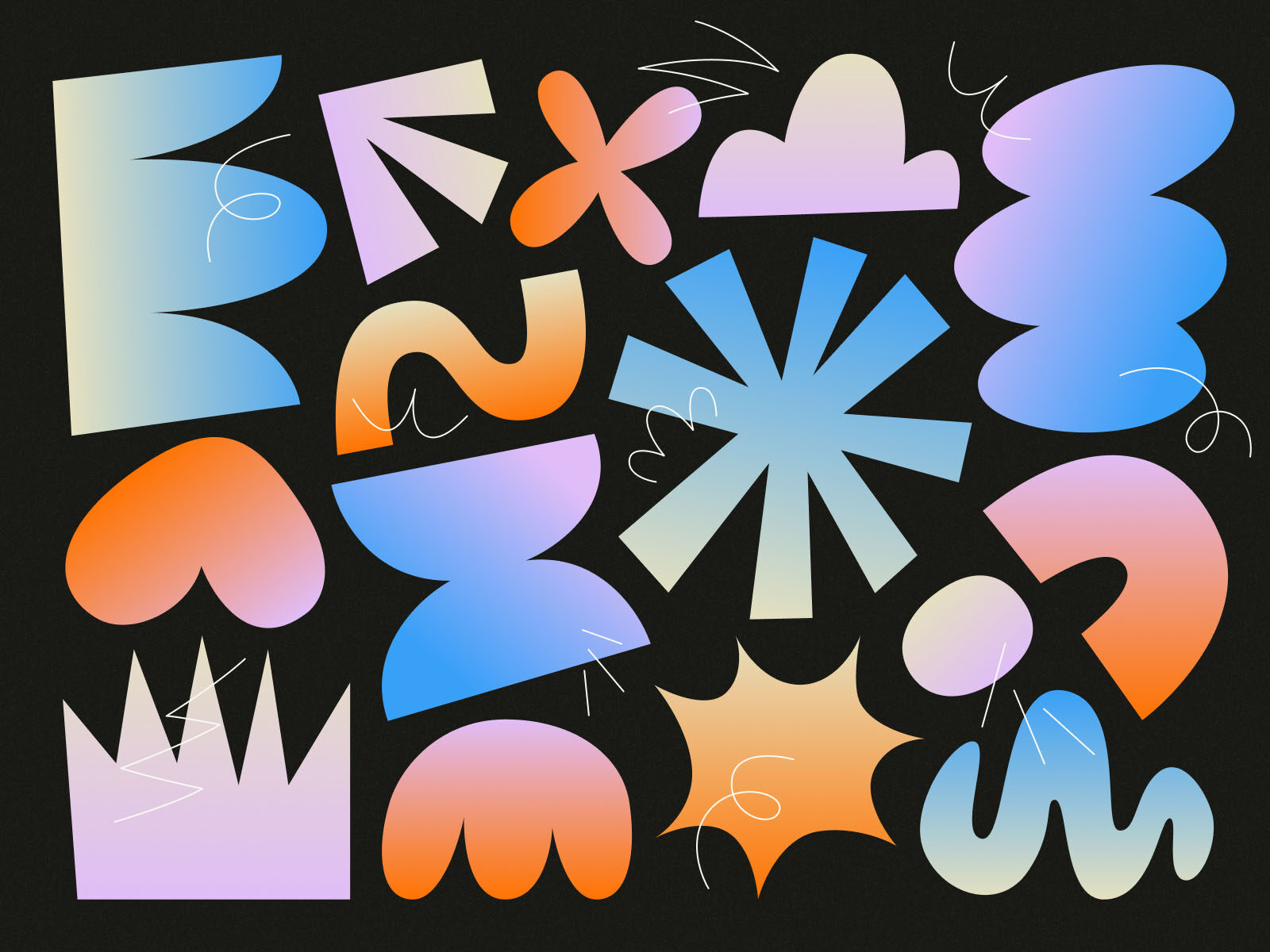Data has become the backbone of the modern world. But as businesses chase metrics and insights, they risk losing something essential — human emotion.
In this piece, we explore why emotion is crucial in creativity, how it drives audience connection, and why the best brands use data to complement creativity, not replace it.
Heads vs. hearts
In an era of algorithms and AI, the business world can feel like a game of buzzword bingo — and data is the trump card.
Big tech survives on it. Business strategies live and die by it. Companies of every size rely on it daily. So, data matters. That’s not up for debate.
What we want to put forward a case for is, if we double down on data, we overlook the power of emotion.
Because at the end of the day, can data make you chortle uncontrollably? Can it get you beaming from ear to ear? Can it form a lump in your throat?
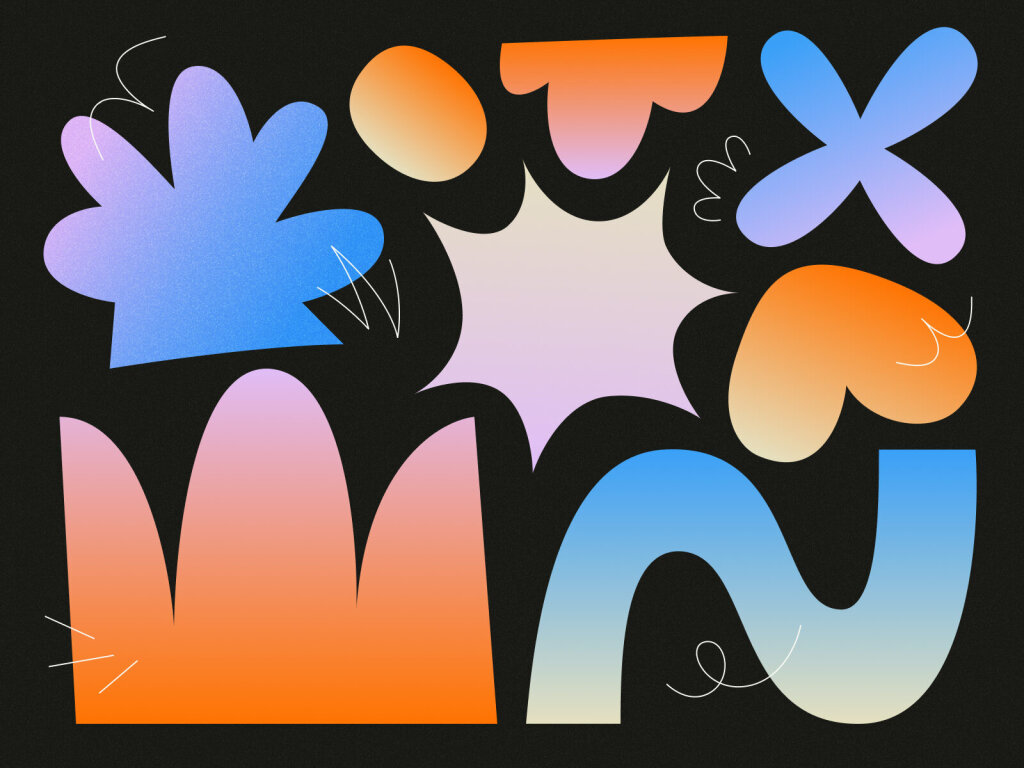
Emotions transcend data
You can’t code love or longing. You can’t reduce surprise to binary. Try as AI may, it can’t replicate true emotion. As data proliferates and automation abounds, our need to connect in human ways will only grow.
A recent It’s Nice That article hits the nail on the head: “Creative work is based on research, data, and analysis, but raw emotion is the key to true audience connection.” WGSN goes further: “Emotions are the great unifier and universal language.”
Too right. That’s what makes us human after all.
And this is great news for the creative industries. We’re in prime position to champion human emotion. It’s not about rebelling against data. It’s about holding onto creativity’s core purpose — expressing and provoking emotion.
Emotions are the great unifier and universal language
Emotion in creativity
We’ll go ahead and say it: creativity is emotion manifest.
It starts with emotion — the drive to create, the excitement of possibility, the anticipation of bringing an idea to life. It sparks emotional responses: joy, excitement, concern, nostalgia, empathy, hope.
These are the tools we use to connect with audiences. Because feeling something is a vital precursor to doing something. Emotion inspires action.
That said, we’re not calling “death to data!” We value it. Data tells us what resonates and, once creativity is out in the world, helps measure impact. From eyeballs and footfall to clicks and dwell time, data is a powerful tool — to complement creativity, not replace it.
Generally, we’ve always found that the best creative work strikes a balance: emotion leads, data follows and informs. For example, ‘Just Do It’ is Nike’s iconic pulse, but their data tells them what audiences engage with. Likewise, Airbnb’s ‘Belong Anywhere’ resonates emotionally, but behind-the-scenes, data ensures they meet travellers’ needs.
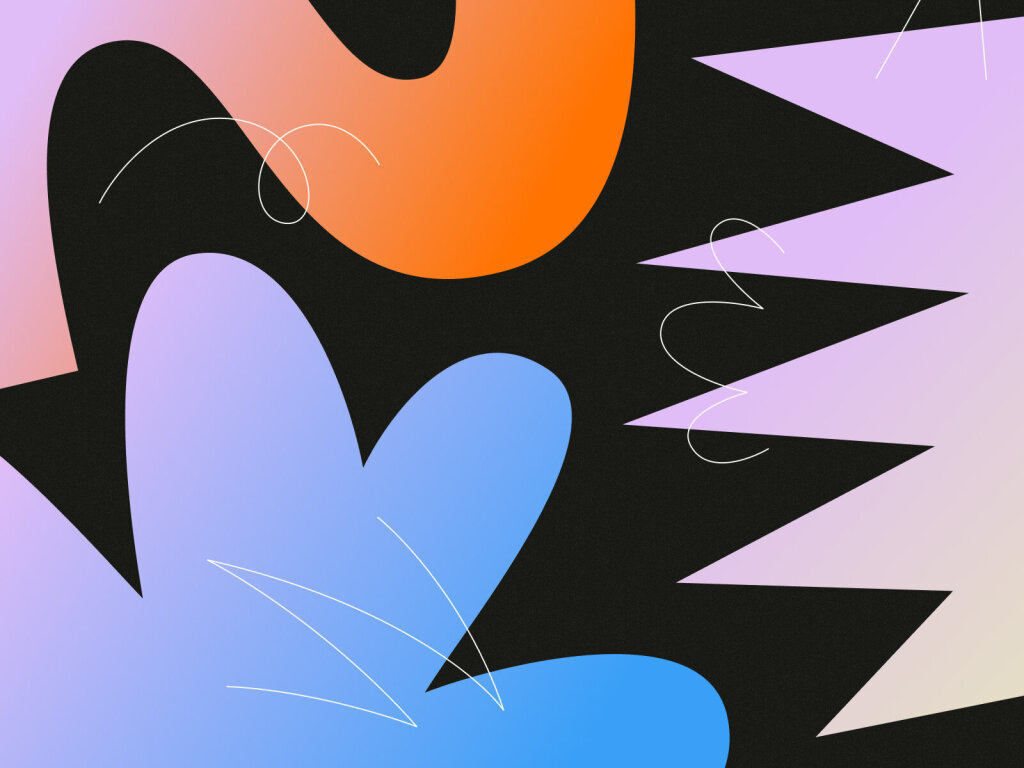
How to strike an emotional chord
To evoke emotion across every interaction and experience, start with the basics. Identify what you want your brand to feel like. How do you want your audience to respond, react, and act? This gives you a foundation for your brand to build on across all its touchpoints. Insight isn’t always quantitative — the art of listening is an amazing way of getting to this essence.
Then, resonating with people is about showing them the small but significant improvements you can make to their everyday life. Use evocative language. Play around with ideas of community and connection. Creativity thrives when it brings people together, building shared experiences and a sense of belonging.
Often in our projects, we try to focus in on one core emotion and expand out from there. For example, for our collaboration with Vertical, we wanted to inspire a sense of ‘awe’, and we made sure this feeling was captured at every touchpoint – no matter how big or small.

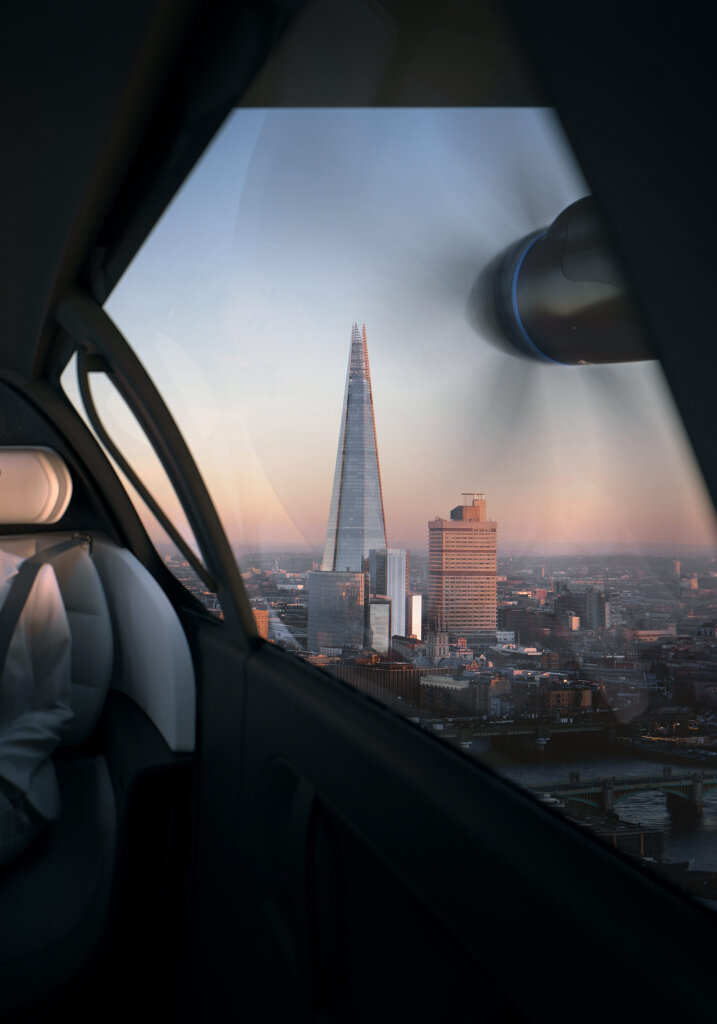
Similarly, when it came to creating a visual identity for Britt Music & Arts Festival, we wanted to focus on the feeling of ‘connection’ to capture the live experience. From a logo inspired by local flora to grainy photography that captures the texture of the moment, every detail in the new identity is designed to connect – to the people and place – that makes Britt an unforgettable experience.
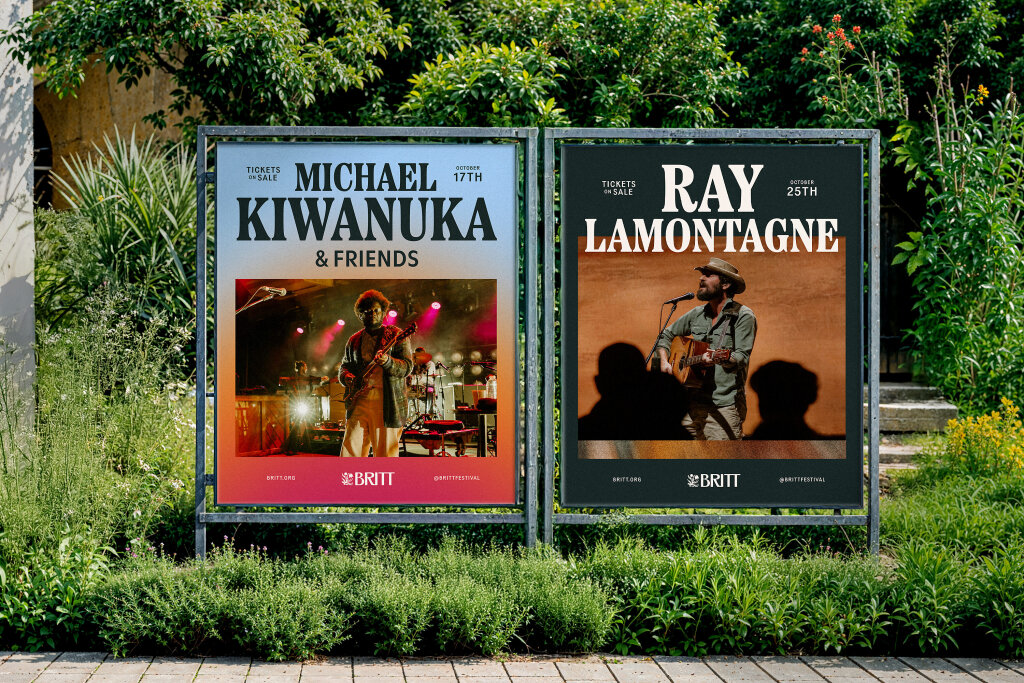
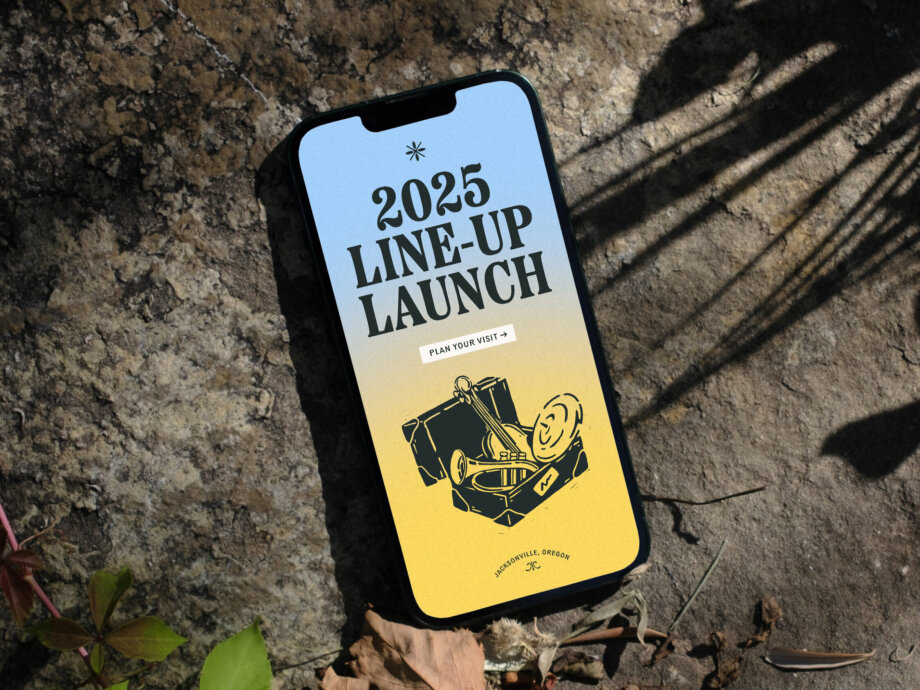
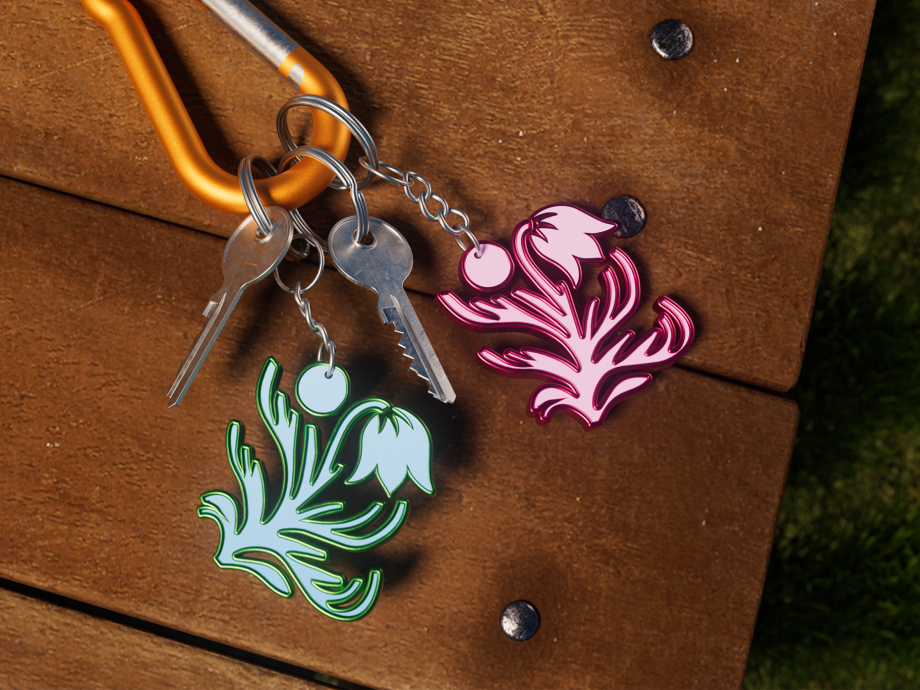
By obsessing over data in the creative process, you can wind up chasing ‘perfection’. Not only is this stale, it’s also impossible. Emotion, creativity, imagination — these things aren’t perfect. They’re flawed, fallible, and deeply human. We’re not suggesting you leave in glaring typos or dwell on failures, but a touch of imperfection fosters trust and relatability. And those are fuel for your brand to go from strength to strength.
The impact of an emotionally resonant brand is undeniable. They don’t just attract attention — they build loyalty, inspire action, and create lasting cultural moments.
The upshot
So yes, emotion is at the heart of all creativity. The best brands build a deeper connection with their audience by making them think, smile, laugh, cry, dream, reminisce, hope, and take action. While data’s got its part to play, it’s by no means the be-all and end-all. As you navigate data-driven decisions and AI’s growing influence, remember: numbers inform, but emotions inspire.
Want to make an emotional impact with your brand? We’d love to talk.
